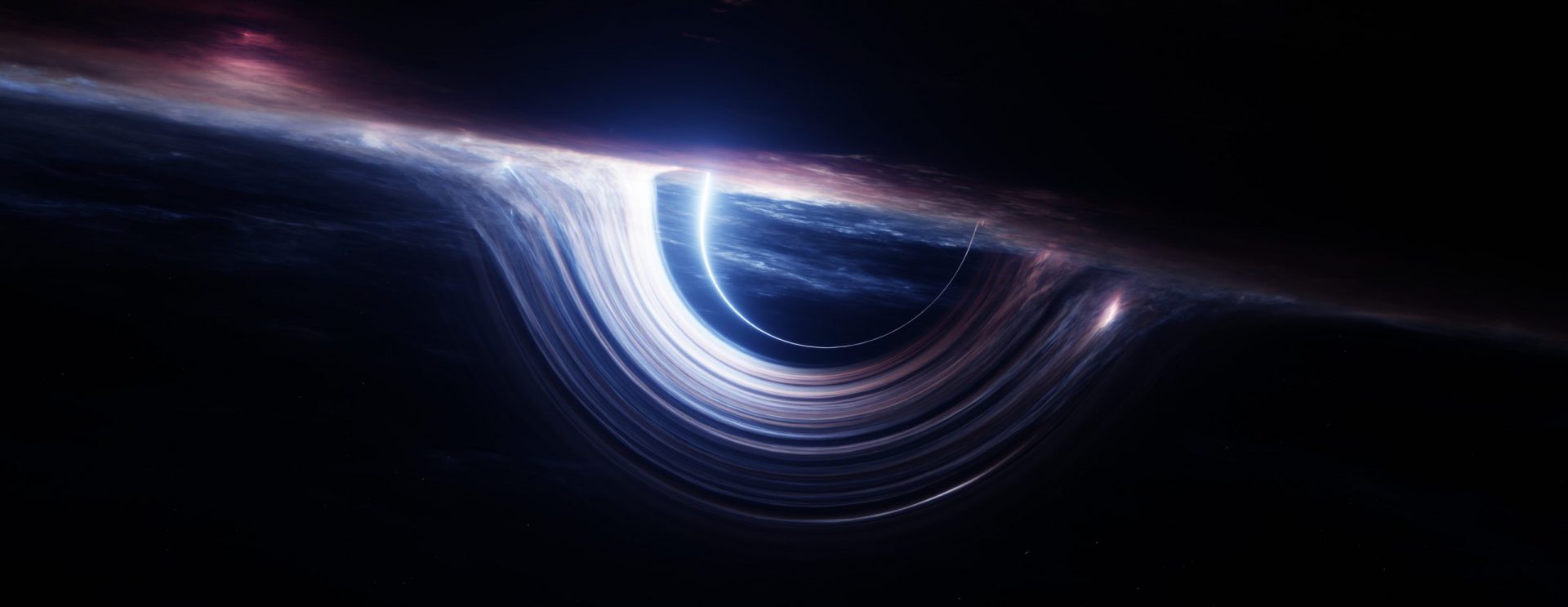The Rise of Division: Social Media’s Impact on Society
In 2022, approximately half of Americans harbored concerns about an impending civil war within the next few years. Additionally, one in five individuals now entertains the idea that political violence could be justified. This phenomenon is not confined to the United States alone; it is a global trend where people increasingly identify themselves as members of opposing factions.
While various factors contribute to this alarming trend, one often singled out for blame is social media. Critics argue that social media acts as a divisive force, pushing individuals to more extreme viewpoints and diminishing empathy. It has the power to incite anger or trap us in the endless cycle of doom-scrolling, ultimately leading to heightened stress and depression. Many feel the need to disconnect from the virtual world and reconnect with reality by spending time outdoors.
Rethinking Social Media’s Impact
Recent research suggests that our understanding of this issue may be somewhat misguided. It appears that the unique impact of social media on our brains is not as straightforward as commonly assumed. The internet, particularly through social media platforms, seems to influence the way our brains function, but the mechanisms at play may differ from conventional wisdom.
The Filter Bubble Myth Unveiled
You’ve likely come across the concept of online filter bubbles: algorithms tailoring content to cater precisely to your preferences or what they believe aligns with your interests. The notion is that you only encounter information reinforcing your existing opinions, while dissenting perspectives are systematically filtered out. This process creates a bubble around you, where extreme and toxic views appear less radical, trapping you in a narrowing and intensifying echo chamber.
But is this narrative accurate?
Contrary to popular belief, extreme filter bubbles seem to be a rarity. Investigations into people’s online behaviors and search engine results have uncovered scant evidence supporting the idea of ideological isolation. Instead, the reality is quite the opposite: the online realm bombards you with a constant stream of diverse opinions and worldviews that may challenge your own.
Surprisingly, the real hub of ideological isolation is not the internet but your offline life—the real world where you interact with friends, family, colleagues, and neighbors. These real-world connections often prove less diverse than the online content you encounter. In essence, the filter bubble exists in your everyday life, not just online.
Now, let’s reconsider the prevailing notion that online filter bubbles are to blame for the growing animosity among people over the past two decades. If this isn’t entirely accurate, shouldn’t the internet, in theory, broaden our perspectives and foster empathy?
The Fallacy of Intelligent Brains
The human brain did not evolve to grasp the absolute truth of reality but rather to navigate and sustain social structures. In our ancestral past, survival hinged on cooperation, and thus, our brains adapted to ensure collective harmony. The dread associated with social isolation or exclusion was rooted in its historical life-threatening implications a united tribe thrived, while a divided one perished.
For millennia, communities operated on the premise that despite personal disagreements with neighbors, proximity fostered common ground, whether in supporting a shared sports club or attending the same church. Physical closeness bred familiarity, creating shared experiences that bridged divergent worldviews, preventing potentially lethal conflicts. Furthermore, the local culture shaped similar perspectives, reinforcing a cohesive societal framework.
In the evolutionary context, this sufficed. Those around us were generally similar, and our brains found comfort in the familiar, facilitating collaboration despite inherent differences. However, as humanity transitioned from small tribes to expansive towns and cities, and from chiefdoms to kingdoms and nations, our brains and communities faced the challenge of adapting to increasingly diverse neighbors. While conflicts and disagreements are intrinsic to societal evolution, the need for social cohesion remains paramount, as our brains prioritize safety within a tribe over a broader understanding of humanity.
Around two decades ago, a seismic shift occurred with the advent of the social media internet a digital town square that introduced a novel dynamic to our brains.
Don’t You Dare Disagree With Me
In essence, our brains struggle to process the overwhelming volume of disagreement prevalent in the social internet. The very mechanisms that fostered cooperation in our evolutionary past are now derailed in unexpected ways.
Whether intentionally or not, our brains categorize individuals based on worldviews and opinions, forming mental teams. This goes beyond tribalism; researchers term it “social sorting.”
On the digital town square, encounters with individuals expressing conflicting opinions lack the local social glue that typically aligns your brain with those around you. The absence of shared affiliations makes the disagreement a central aspect of their identity, reducing the likelihood of considering their perspective. Simultaneously, those who share your worldview become hyper-aligned, creating a predisposition to believe and dismiss information about them uncritically.
The engagement-driven nature of the social internet exacerbates the issue, as it strives to keep users online, often through emotionally charged content like anger. The more emotionally charged, the more likely users are to share and engage, leading social media to amplify extreme and controversial opinions. Your brain, sorting people into teams, assigns the most extreme opinions to everyone on the opposing team.
What distinguishes online polarization is the condensation of individual aspects, such as lifestyle choices, entertainment preferences, religion, and fashion, into seemingly opposing and mutually exclusive identities. This oversimplification distorts disagreements about societal governance to the extent that it appears the other team is intentionally worsening the world, casting them as almost evil and resistant to rational discourse.
This phenomenon poses a significant threat to the social glue underpinning democracies. When neighbors are perceived as evil, the prospect of coexistence becomes precarious.
The situation is particularly dire in the US, where the two-party system easily facilitates the division of people into opposing teams, resulting in record-high negative opinions about the other party.
Embracing Positive Change
Now, the pressing question arises: Can we glean insights from this predicament, and is there a way forward?
In the grand scheme of things, understanding the impact of social media on our brains becomes pivotal. While altering the world may be a formidable task, transforming ourselves is a more attainable goal. By self-examining the roots of our beliefs and critically assessing information based on its merit rather than the messenger, we can navigate the digital landscape with more mindfulness.
The internet, with its myriad facets, presents both opportunities and challenges. Much like our transition from living in small tribes to residing in sprawling cities, adapting to the information age with access to billions of people requires a conscious effort. Given the sluggish pace of evolution, we must seek models that align with our brain’s capacity.
A model that exhibited success in the pre-social media internet era was characterized by bulletin boards, forums, and blogs. Unlike today’s algorithm-driven platforms, there were no relentless efforts to keep users online indefinitely; there was a natural endpoint to one’s online activities. More significantly, the old internet was decentralized, comprised of numerous communities akin to small villages congregating around shared beliefs and interests. These communities were separated by digital barriers, fostering unique cultures and sets of rules.
In contrast to the overwhelming digital town square of today, where our brains are bombarded with information, the older model proposes a simpler solution: a return to smaller online communities. These microcosms, reminiscent of villages, operated on shared values, allowing individuals to find communities that resonated with their preferences. Instead of congregating in one overwhelming space, fostering social sorting, a return to smaller communities might offer a more harmonious digital existence.
Despite our brains’ inability to comprehend fully that we are all on the same team humanity, navigating a vast universe a temporary separation into smaller communities might be a pragmatic approach until our cognitive processes catch up with the concept of collective unity.

